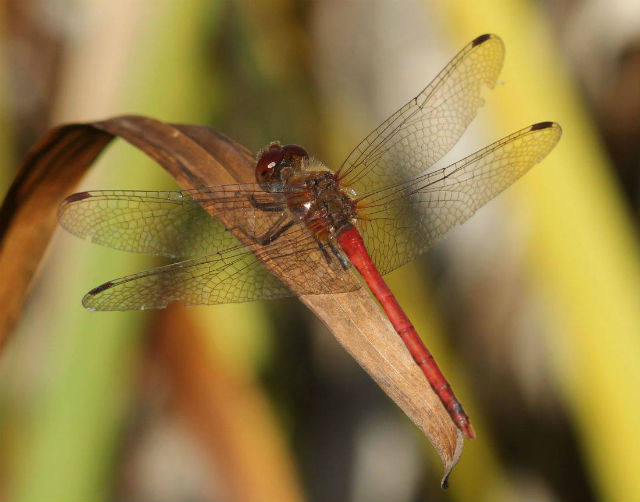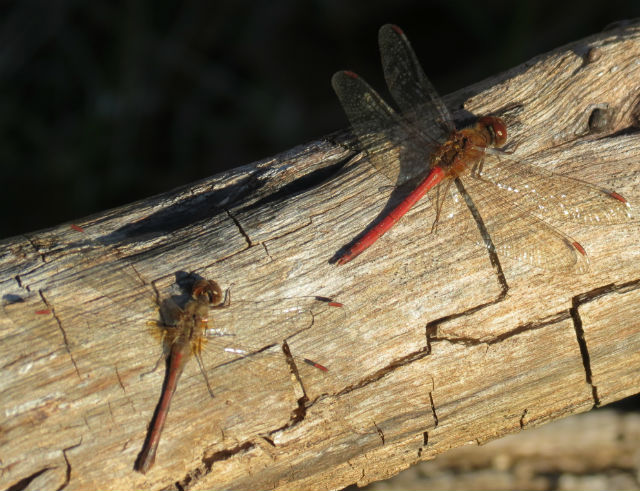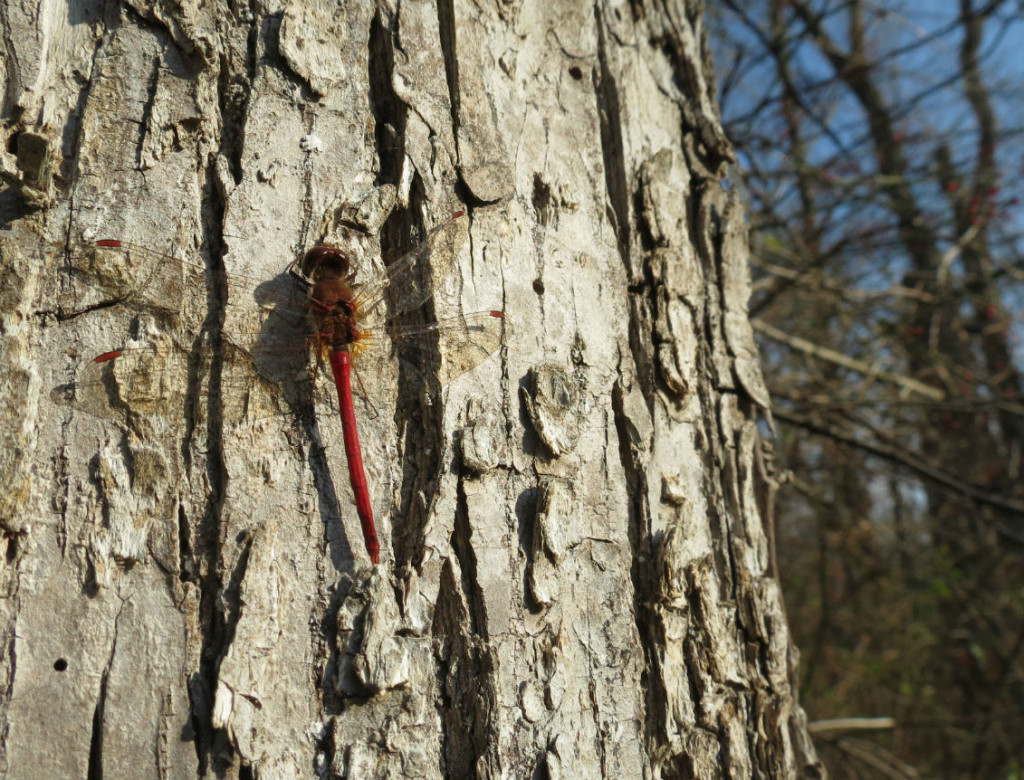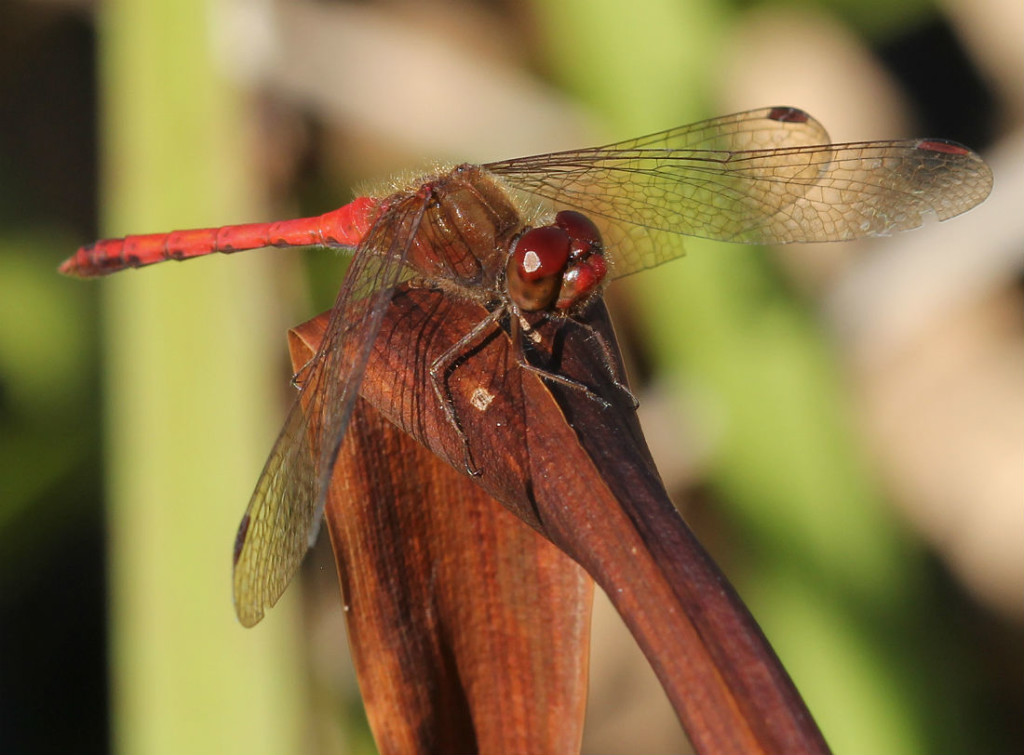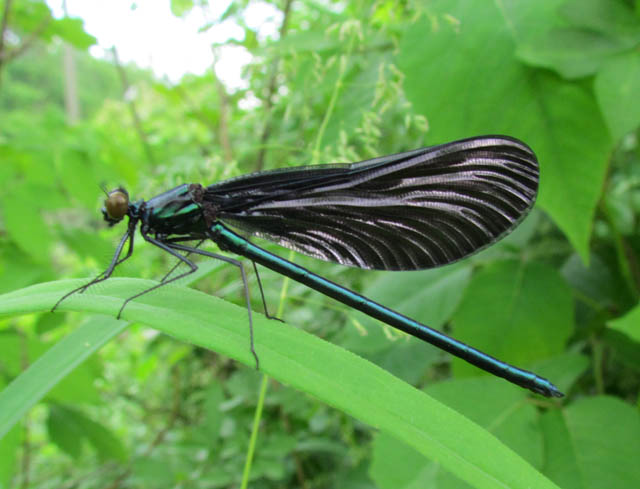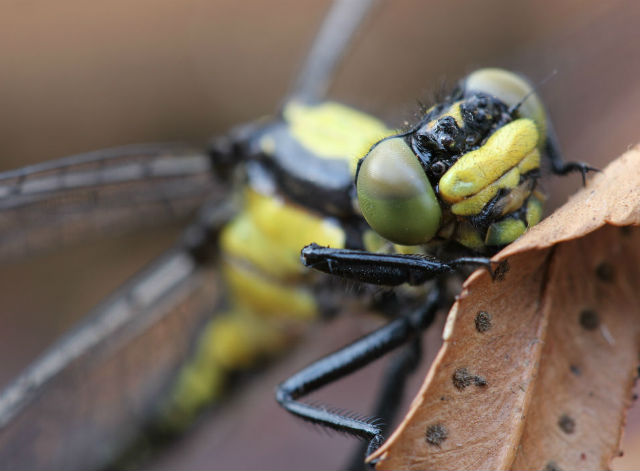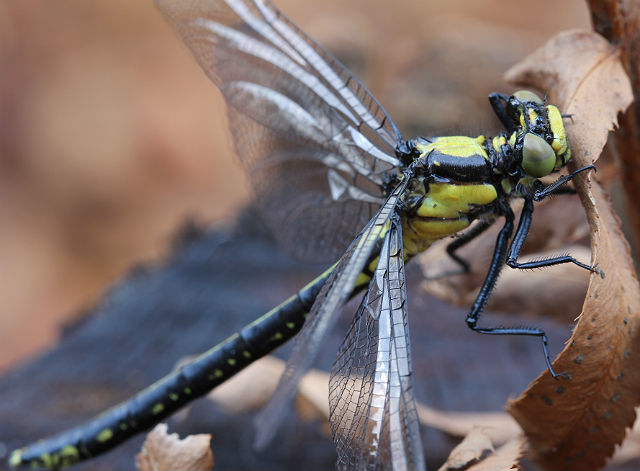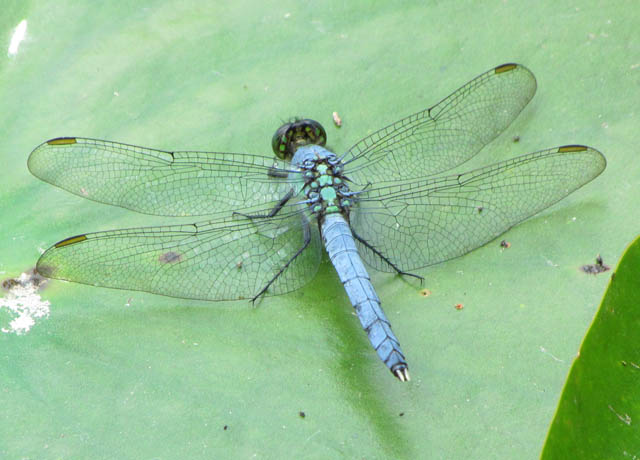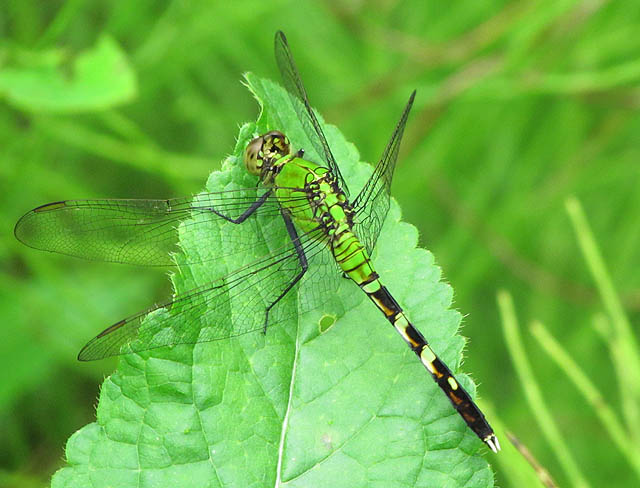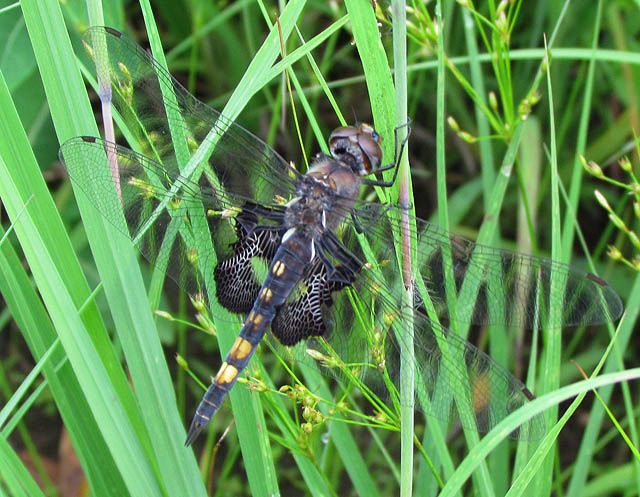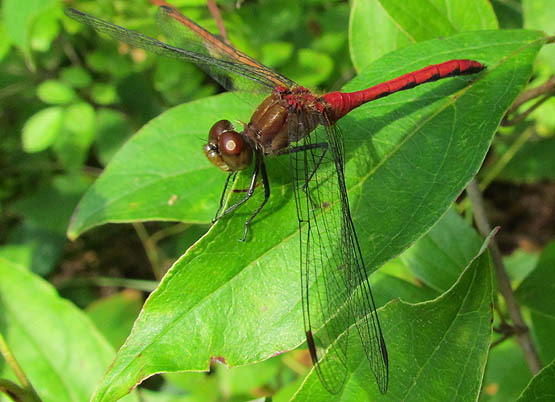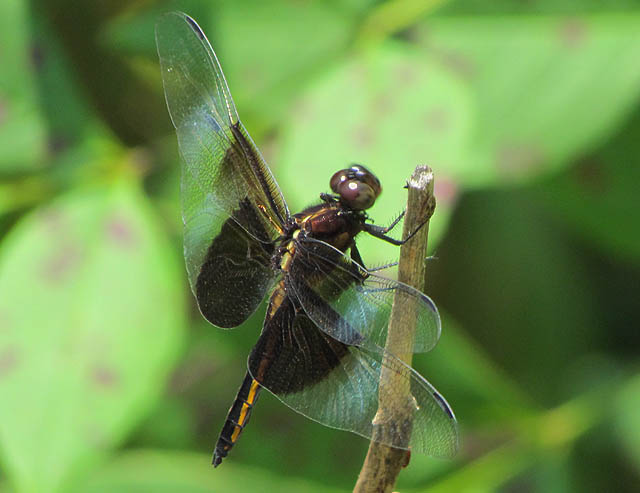As it gets colder out, less and less insect life is out and about. One conspicuous exception is this awesome little dragonfly, which is present long after Summer species have reproduced and died.
This is a slender, pale, late-flying species. It has minimal black markings and the wings are slightly amber at the bases. Males and some mature females have brilliant red abdomens. In younger individuals, the abdomen is brown.
The Autumn Meadowhawk is widely distributed throughout much of North America, where it inhabits marshes, lakes, ponds and bogs in areas that are usually somewhat wooded.
Dragonflies have highly developed sight. Their large, compound eyes are used to capture prey. Insects are their main food, which their catch while flying. Dragonflies help control fly and mosquito popupaltions.
Because of the cooler weather, this species is easier to approach than most other dragonflies. It can ofen be spotted on tree trunks and utilizes the solar-collector-like surfaces of fallen leaves to warm itself.
Usually the last dragonfly of the year, Autumn Meadowhawks routinely survive the first frosts and even the first snow falls.


